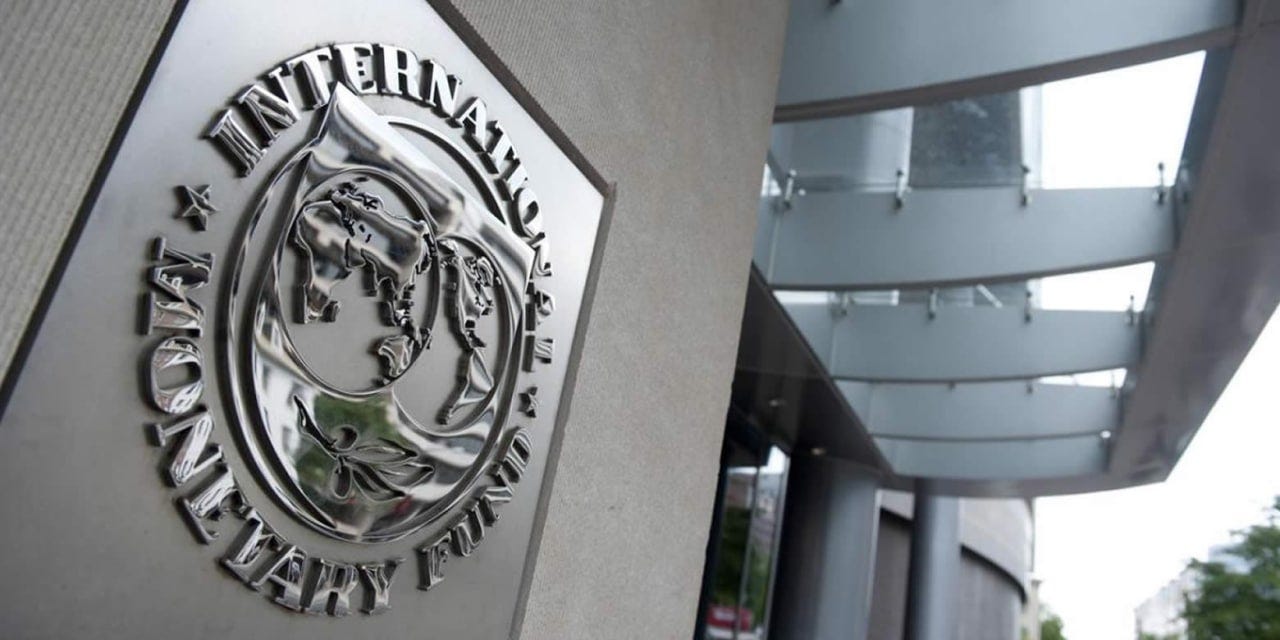The Ministry of Economy and Finance has released the conclusions of the latest annual mission to Italy by the International Monetary Fund (IMF), as part of the routine bilateral surveillance activities provided for in Article IV of the IMF's Articles of Agreement. The consultations were characterized by numerous meetings mainly in person in Rome, or in a hybrid or virtual format, with the Offices of the MEF, the Bank of Italy and various Italian institutions, both public and private.
Following the impressive recovery from the pandemic shock, the Italian economy is now facing headwinds from the war in Ukraine and rising inflation. Despite signs of resilience, growth is expected to slow under the baseline, with risks on the downside. Compensation measures should protect the vulnerable while preserving price signals. An expenditure-based adjustment could achieve a significant but gradual improvement in the fiscal balance and public debt. Banks weathered the pandemic crisis well, but a cautious approach to capital is warranted. Sharp curtailment of energy supplies would call for comprehensive liquidity and income support measures, but the scale should reflect the more constrained room for policy. Delivering National Recovery and Resilience Plan (NRRP) investments and reforms would support productivity and potential growth and accelerate the green transition.
The Italian economy achieved an impressive recovery from the pandemic shock, returning close to the pre-COVID level of output by late 2021. Employment has also rebounded and the labor market is tightening. This reflects the successful vaccination campaign and policies to insulate incomes and profits of households and firms, thereby avoiding significant economic scarring.
mproved financial strength since the start of the pandemic should allow banks to weather the tighter financial conditions and spillovers from the war in Ukraine under the baseline scenario. Further reductions in nonperforming loans, recourse to the public guarantee scheme and fiscal support to borrowers have significantly de-risked banks’ balance sheets. Banks’ capital and liquidity positions have strengthened and households and firms maintain large liquidity cushions against higher prices and interest rates. Banks’ direct and indirect exposures to Russia and Ukraine are concentrated, but limited, while energy-intensive companies comprise a relatively small share of loans for most banks. However, tighter financial conditions alongside slower growth are likely to put pressure on banks’ capital on average, but with considerable variation across the sector. The envisaged new loan guarantee scheme targeting energy-intensive firms would help to finance their higher expenses. However, eligibility should be selective, with enhanced credit risk assessments at origination and guarantee coverage rates lower than in pandemic schemes. No generalized liquidity support measures are currently called for. Banks should diligently apply loan classification standards and recovery procedures on their guarantee portfolios.
However, caution is advised given the elevated uncertainty and sequential nature of the current crisis. Banks should prepare for severe downside events using scenario-based assessments of credit quality and other exposures. Based on the outcomes of these assessments, temporary conservation of capital may be advisable for specific banks pending greater clarity on the macroeconomic outlook and losses from their direct and indirect exposures. For these banks, reviewing the timing of dividend payouts and share buy-backs and postponing the drawdown of loan loss provisions may be appropriate.
Addressing weaker banks, whose profitability and business models could be further challenged by the sequential crises, is a priority. Slower economic growth increases the risk of stress in some small banks with already-low asset quality and capital. Robust supervisory assessments with targeted asset quality reviews should continue in order to pre-emptively identify vulnerable banks, including less significant institutions. To reduce moral hazard, using resources of the Italian banking sector’s deposit guarantee scheme to prevent bank failures outside of resolution or liquidation should be avoided except where there are strong prospects for successful rehabilitation and long-term viability. Increasing digitalization, improving governance, and further consolidating the sector amid growing competition from fintechs and other banks remain priorities.
Full and timely implementation of the NRRP is critical to lift productivity and boost potential growth. Bringing the reforms and investments to completion would reduce possible scarring from the energy crisis, support the green transition and enhance the economy’s ability to adjust to relative price changes. The frontloading of reforms—notably in public administration, simplification of procedures, civil justice and competition—in the NRRP is intended to support the efficient execution of public investments scheduled for the second half of the period covered by the Plan. Hence, successfully completing ongoing reforms is crucial for improving the quality of public infrastructure and the efficiency of resource utilization.






